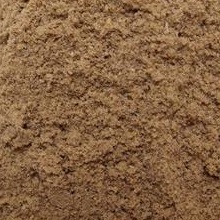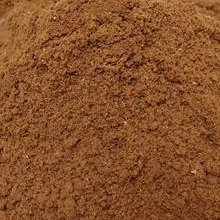Description
Soybean meal is the main protein resource for animal production; however, some anti-nutritional factors such as trypsin inhibitor and antigen protein reduce its nutritional value and inhibit animal production. Plasma protein and SBPC are better protein resources, but they are expensive. How to increase SBM nutritional value by microbial fermentation for replacing the expensive protein resources is very important for animal production.
To increase FSBM nutritive value, many species of microbes such as Aspergillus oryzae (Kim et al., 2007), lactic acid bacteria (Cho et al., 2007) and B. subtilis (Kiers et al., 2003) have been used independently. It was reported that FSBM with B. subtilis can be used as a highly digestible protein source in piglet diets due to the extensive hydrolysis of protein to amino acids and peptides (Yoonyi et al., 2012); Lactobacillus can improve intestinal function, promote nutrient digestion and absorption, and regulate immune function (Vanbelle et al., 1990). Yeast can transfer the soybean protein to high-quality microbial protein (Gao et al., 2007). Therefore, the above 3 species of microbes are selected in this study. This result showed that SBM fermented with the optimal microbial proportion could significantly decrease trypsin inhibitor and antigen protein contents, and increase soybean peptide contents by 6 folds, which was better than the previous reports with the individual microbial fermentation (Mital and Garg, 1990; Hachmeister and Fung, 1993). The reason may be due to the combined microbial cooperation during fermentation. It also showed that all the essential amino acids and protein contents in FSBM were higher than those in SBM. The main reasons are the lower moisture, reciprocal translocation of nutrients and organic matter loss by microbial fermentation.
The optimal microbial proportion of Bacillus subtilis, H. anomala and L. casei at 2:1:2 can increase soybean peptide content and nutritive value of SBM, and decrease anti-nutritional factor content in SBM.




